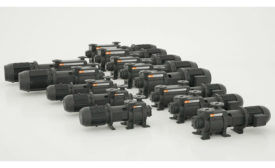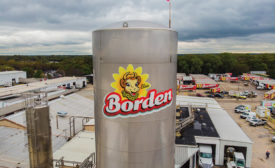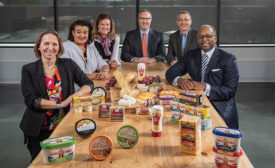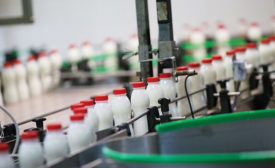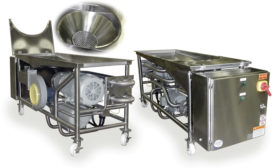Processing
The acquisition adds co-manufacturing to American Pasteurization’s breadth of services.
Read More
It's a matter of teamwork for Borden Dairy's Dallas plant
Under Borden Dairy’s new ‘people-first’ approach, employees at the company’s Dallas milk plant understand their value — and are motivated to work together to create the highest-quality product.
January 8, 2019
2018 Processor of the Year: Land O’Lakes is a cooperative powerhouse
The accomplishments of our 2018 Processor of the Year, Land O’Lakes Inc., go well beyond continued growth and financial success.
December 5, 2018
Thermosonication: A novel technique for dairy processing
Using low heat in addition to ultrasound waves, thermosonication is a viable technique that can inactivate pathogenic microorganisms and increase shelf life.
June 8, 2018
How dairy processors can reduce water waste
Dairy processors could look to new technologies to address water sustainability challenges
May 14, 2018
The acid whey conundrum
A byproduct of Greek yogurt manufacturing, acid whey presents an environmental challenge that will require the combined efforts of many parties to resolve.
April 10, 2018
Stay ahead of the curve. Unlock a dose of cutting-edge insights.
Receive our premium content directly to your inbox.
SIGN-UP TODAYCopyright ©2024. All Rights Reserved BNP Media.
Design, CMS, Hosting & Web Development :: ePublishing

